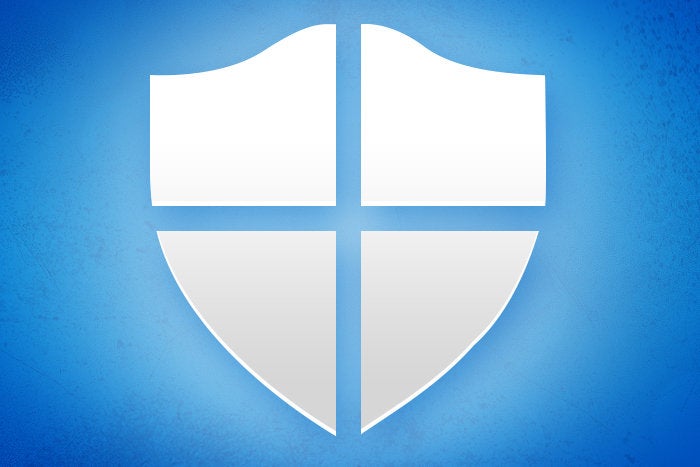New WannaCry variant being monitored, DHS official says

Credit to Author: Matt Hamblen| Date: Mon, 15 May 2017 11:40:00 -0700
A variant of the WannaCry ransomware that emerged Monday has been able to infect some of the computers patched after the original malware struck last week, according to a top cyber official at the Department of Homeland Security (DHS).
“We’re working on how to address that [variant] and sharing as we can,” said the official who asked not to be named. The official did not say how many computers have been affected by the variant, other than to say “some.” The original WannaCry attack hit more than 200,000 computers starting Friday in more than 150 countries, UK officials said over the weekend.
To read this article in full or to leave a comment, please click here




